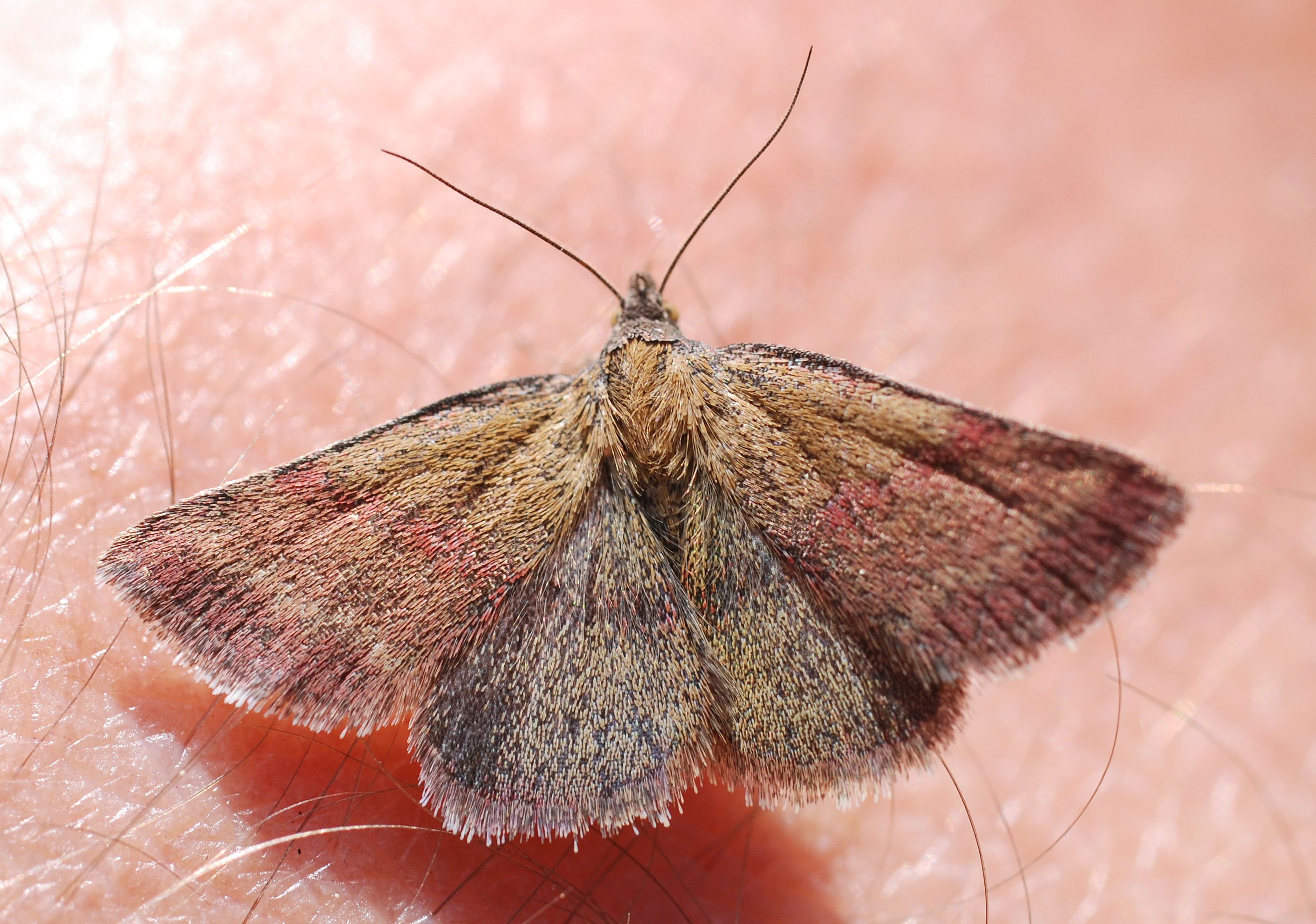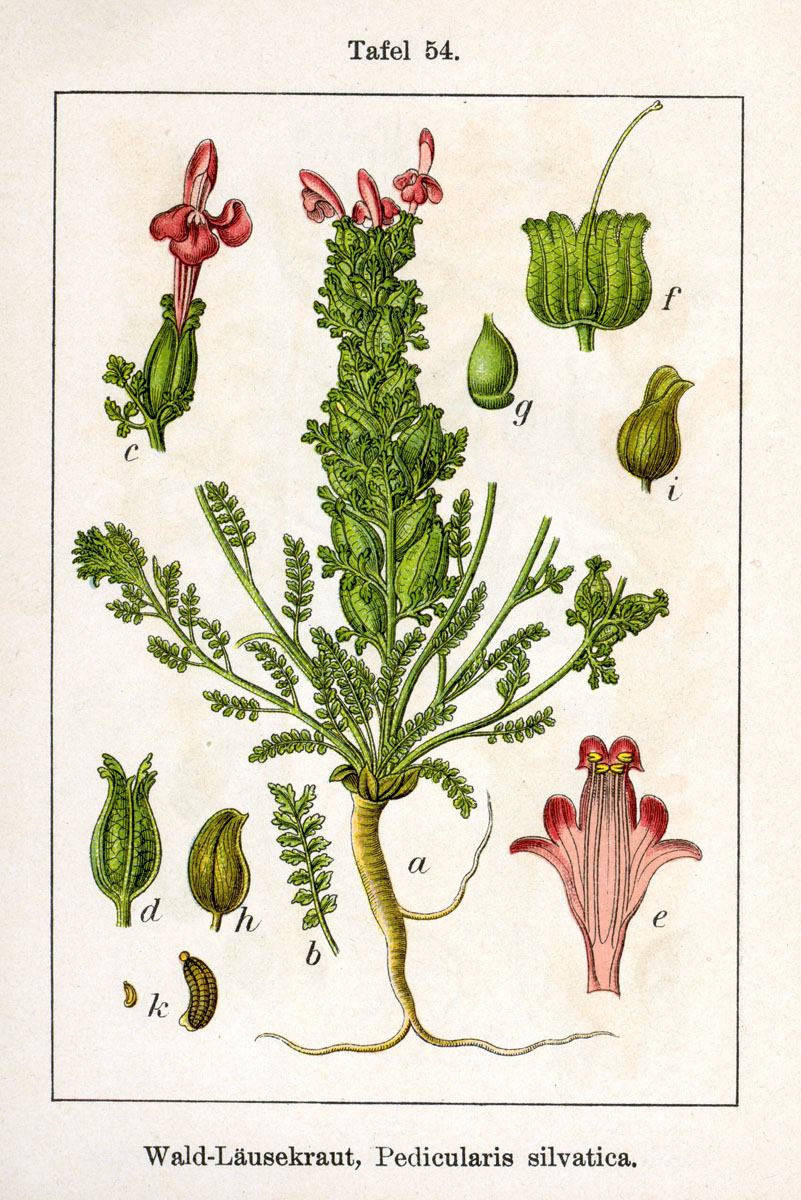|
Small Purple-barred
''Phytometra viridaria'', the small purple-barred, is a moth of the family Erebidae. The species was first described by Carl Alexander Clerck in 1759. It is found in central and southern Europe, Mauritania, Morocco, Algeria, Tunisia, Armenia, Iraq, Iran, Afghanistan, Pakistan, and further east across the Palearctic to southern Siberia. Technical description and variation The wingspan is 19–20 mm. The length of the forewings is 9–11 mm. Forewing olive brownish; the costa at base, and an outer and terminal fascia deep rosy purple; the outer band varying in width; a pale line of ground colour between them; hindwing olive with a median and terminal darker band more or less tinged with purple; in ab. ''fusca'' Tutt the purple tints are replaced by dark brown; —ab. ''aenea'' Hbn. the ground colour is olive grey or fuscous instead of green; ab. ''suffusa'' Tutt is a rare form, blackish fuscous with a still darker terminal border.Seitz, A. Ed., 1914 ''Die Großschmet ... [...More Info...] [...Related Items...] OR: [Wikipedia] [Google] [Baidu] |
Carl Alexander Clerck
Carl Alexander Clerck (1709 – 22 July 1765) was a Sweden, Swedish entomologist and arachnology, arachnologist. Clerck came from a family in the petty Swedish nobility, nobility and entered the University of Uppsala in 1726. Little is known of his studies; although a contemporary of Carl Linnaeus, Linnaeus, it is unknown whether he had any contact with him during his time in Uppsala. His limited means forced him to leave university early and enter into government service, later ending up working in the administration of the City of Stockholm. His interest in natural history appears to have come at a more mature age, influenced by a lecture of Linnaeus he attended in Stockholm in 1739. In the following years he collected and categorized many spiders, published together with more general observations on the morphology and behaviour of spiders, in his ''Svenska Spindlar'' ("Swedish spiders", 1757, also known by its Latin subtitle, ''Aranei Suecici''). He also started the publication ... [...More Info...] [...Related Items...] OR: [Wikipedia] [Google] [Baidu] |
Siberia
Siberia ( ; rus, Сибирь, r=Sibir', p=sʲɪˈbʲirʲ, a=Ru-Сибирь.ogg) is an extensive geographical region, constituting all of North Asia, from the Ural Mountains in the west to the Pacific Ocean in the east. It has been a part of Russia since the latter half of the 16th century, after the Russians conquered lands east of the Ural Mountains. Siberia is vast and sparsely populated, covering an area of over , but home to merely one-fifth of Russia's population. Novosibirsk, Krasnoyarsk and Omsk are the largest cities in the region. Because Siberia is a geographic and historic region and not a political entity, there is no single precise definition of its territorial borders. Traditionally, Siberia extends eastwards from the Ural Mountains to the Pacific Ocean, and includes most of the drainage basin of the Arctic Ocean. The river Yenisey divides Siberia into two parts, Western and Eastern. Siberia stretches southwards from the Arctic Ocean to the hills of north-ce ... [...More Info...] [...Related Items...] OR: [Wikipedia] [Google] [Baidu] |
Moths Of Europe
Moths are a paraphyletic group of insects that includes all members of the order Lepidoptera that are not butterflies, with moths making up the vast majority of the order. There are thought to be approximately 160,000 species of moth, many of which have yet to be described. Most species of moth are nocturnal, but there are also crepuscular and diurnal species. Differences between butterflies and moths While the butterflies form a monophyletic group, the moths, comprising the rest of the Lepidoptera, do not. Many attempts have been made to group the superfamilies of the Lepidoptera into natural groups, most of which fail because one of the two groups is not monophyletic: Microlepidoptera and Macrolepidoptera, Heterocera and Rhopalocera, Jugatae and Frenatae, Monotrysia and Ditrysia.Scoble, MJ 1995. The Lepidoptera: Form, function and diversity. Oxford, UK: Oxford University Press; 404 p. Although the rules for distinguishing moths from butterflies are not well establis ... [...More Info...] [...Related Items...] OR: [Wikipedia] [Google] [Baidu] |
Moths Described In 1759
Moths are a paraphyletic group of insects that includes all members of the order Lepidoptera that are not butterflies, with moths making up the vast majority of the order. There are thought to be approximately 160,000 species of moth, many of which have yet to be described. Most species of moth are nocturnal, but there are also crepuscular and diurnal species. Differences between butterflies and moths While the butterflies form a monophyletic group, the moths, comprising the rest of the Lepidoptera, do not. Many attempts have been made to group the superfamilies of the Lepidoptera into natural groups, most of which fail because one of the two groups is not monophyletic: Microlepidoptera and Macrolepidoptera, Heterocera and Rhopalocera, Jugatae and Frenatae, Monotrysia and Ditrysia.Scoble, MJ 1995. The Lepidoptera: Form, function and diversity. Oxford, UK: Oxford University Press; 404 p. Although the rules for distinguishing moths from butterflies are not well est ... [...More Info...] [...Related Items...] OR: [Wikipedia] [Google] [Baidu] |
Boletobiinae
The Boletobiinae are a subfamily of moths in the family Erebidae, containing about 956 species. The taxon was described by Achille Guenée in 1858. Taxonomy Phylogenetic analysis has determined that several subfamilies of the family Erebidae that have been proposed in entomological literature since 2005, including Araeopteroninae, Aventiinae, Boletobiinae, Eublemminae, and Phytometrinae, together form a strongly supported clade as an aggregated subfamily Boletobiinae. The tribe-level groupings of genera within this expanded subfamily Boletobiinae are a topic of continued study. Genera *''Abacena'' *''Acremma'' *''Aglaonice'' *'' Allerastria'' *''Araeopteron'' *''Autoba'' *''Bandelia'' *''Calymma'' *'' Cecharismena'' *''Cerynea'' *'' Condate'' *''Corgatha'' *'' Enispa'' *''Enispodes'' *''Euaontia'' *'' Eublemma'' *''Eublemmoides'' *''Glympis'' *''Hemeroplanis'' *''Hiccoda'' *''Homocerynea'' *''Homodes'' *''Honeyania'' *''Hormoschista'' *''Hypenagonia'' *'' Hypersophtha'' *'' ... [...More Info...] [...Related Items...] OR: [Wikipedia] [Google] [Baidu] |
Pedicularis Sylvatica
''Pedicularis sylvatica'', commonly known as common lousewort, is a plant species in the genus ''Pedicularis''. It is native to central and northern Europe where it grows on moist acidic soils, moorland, grassy heathland and the drier parts of marshes. Description This is a compact biennial herb with a semi-erect stem up to tall. The leaves are opposite, with short stalks, rather thick and often tinged pink or purple. The leaf blades are small, triangular-lanceolate to linear, with pinnate lobes and toothed margins. The inflorescence is a raceme with usually four to six flowers open at a time. Each bilaterally symmetrical flower has a large, rounded, five-angled pinkish calyx, the four lobes being tipped with teeth, which can easily be observed before the flower has opened. The flower is pinkish-purple with white markings in the throat, and up to in length. The five petals are fused into a tube, the upper lip is curved into a hood, having two teeth at the tip. The lower lip is ... [...More Info...] [...Related Items...] OR: [Wikipedia] [Google] [Baidu] |
Polygala Serpyllifolia
''Polygala serpyllifolia'', the heath milkwort, is a European native perennial of heaths and grassy places. Description It grows to a height of 25 cm. The lower leaves are in opposite pairs. It flowers from May to August. References *''Wild Flowers of Britain'' by Roger Phillips. serpyllifolia {{Polygalaceae-stub ... [...More Info...] [...Related Items...] OR: [Wikipedia] [Google] [Baidu] |
Polygala Vulgaris
''Polygala vulgaris'', known as the common milkwort, is a herbaceous perennial plant of the genus ''Polygala'' in the family Polygalaceae. Description The biological form of ''Polygala vulgaris'' is '' hemicryptophyte'' ''scapose'',Pignatti S. - Flora d'Italia – Edagricole – 1982. Vol. II, pag. 32 as its overwintering buds are situated just below the soil surface and the floral axis is more or less erect with a few leaves. ''Polygala vulgaris'' reaches on average in height. The stems have many branches and are woody at the base. It has alternating pointed leaves, almost glabrous, 2 to 4 mm wide and 10 to 20 mm long. Basal leaves are spatulate, with rounded apex, while the upper leaves are lanceolate. The flowers are gathered in long terminal inflorescences. The colour of the corolla varies between blue and violet, it can rarely occur in purple forms. The flower's outer three sepals are normally small, green and insignificant, whilst the inner two sepals are bigger ... [...More Info...] [...Related Items...] OR: [Wikipedia] [Google] [Baidu] |
Moths Of The British Isles Series2 Plate025
Moths are a paraphyletic group of insects that includes all members of the order Lepidoptera that are not butterflies, with moths making up the vast majority of the order. There are thought to be approximately 160,000 species of moth, many of which have yet to be described. Most species of moth are nocturnal, but there are also crepuscular and diurnal species. Differences between butterflies and moths While the butterflies form a monophyletic group, the moths, comprising the rest of the Lepidoptera, do not. Many attempts have been made to group the superfamilies of the Lepidoptera into natural groups, most of which fail because one of the two groups is not monophyletic: Microlepidoptera and Macrolepidoptera, Heterocera and Rhopalocera, Jugatae and Frenatae, Monotrysia and Ditrysia.Scoble, MJ 1995. The Lepidoptera: Form, function and diversity. Oxford, UK: Oxford University Press; 404 p. Although the rules for distinguishing moths from butterflies are not well establishe ... [...More Info...] [...Related Items...] OR: [Wikipedia] [Google] [Baidu] |
Wingspan
The wingspan (or just span) of a bird or an airplane is the distance from one wingtip to the other wingtip. For example, the Boeing 777–200 has a wingspan of , and a wandering albatross (''Diomedea exulans'') caught in 1965 had a wingspan of , the official record for a living bird. The term wingspan, more technically extent, is also used for other winged animals such as pterosaurs, bats, insects, etc., and other aircraft such as ornithopters. In humans, the term wingspan also refers to the arm span, which is distance between the length from one end of an individual's arms (measured at the fingertips) to the other when raised parallel to the ground at shoulder height at a 90º angle. Former professional basketball player Manute Bol stood at and owned one of the largest wingspans at . Wingspan of aircraft The wingspan of an aircraft is always measured in a straight line, from wingtip to wingtip, independently of wing shape or sweep. Implications for aircraft design and anima ... [...More Info...] [...Related Items...] OR: [Wikipedia] [Google] [Baidu] |
Noctuidae - Phytometra Viridaria
The Noctuidae, commonly known as owlet moths, cutworms or armyworms, are a family (biology), family of moths. They are considered the most controversial family in the superfamily Noctuoidea because many of the clades are constantly changing, along with the other families of the Noctuoidea. It was considered the largest family in Lepidoptera for a long time, but after regrouping Lymantriinae, Catocalinae and Calpinae within the family Erebidae, the latter holds this title now. Currently, Noctuidae is the second largest family in Noctuoidea, with about 1,089 genera and 11,772 species. This classification is still contingent, as more changes continue to appear between Noctuidae and Erebidae. Description Adult: Most noctuid adults have drab wings, but some subfamilies, such as Acronictinae and Agaristinae, are very colorful, especially those from tropical regions (e.g. ''Baorisa hieroglyphica''). They are characterized by a structure in the metathorax called the nodular sclerite or e ... [...More Info...] [...Related Items...] OR: [Wikipedia] [Google] [Baidu] |








.jpg)